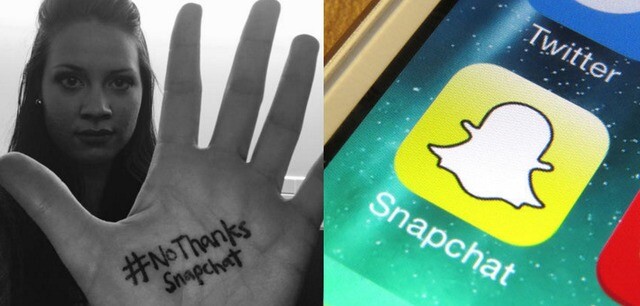Latter-day Saint and former Miss Provo Malissa Richardson gained quite a bit of attention with a petition that she posted to change.org that quickly went viral, receiving nearly 5,000 signatures in 10 hours.
The petition dealt with a situation many Snapchat users are familiar with—being bombarded with sexualized content. On her petition, Richardson writes,
I love using Snapchat and am one of the 150 million humans in the world that uses it every day. . . .
Unfortunately, every time I go to watch the stories my friends post on Snapchat, I am bombarded with featured stories from Cosmopolitan, Daily Mail, and others. And it is not just what the latest is on politics, sports, or fashion. Those stories are there to find, but they are not the first ones that come up in the feed. The first ones I see, obviously very calculated in their placement, contain sexually explicit headlines and pictures that if I had the option to remove, I would. Do I have the option of whether or not to watch the featured story in its entirety? Yes. But do I still have to see the headline and provocative photos that advertise them without the option of removing it? Yes. And that's not okay. . . .
What frustrates me even more is that I am not the only person exposed to this pornographic material. I hate to think that my younger siblings, friends, and millions of other young people as young as 13 years old are exposed to this content multiple times a day without the option of blocking it.
Richardson's frustration was one many shared as over 25,000 people signed her petition asking Snapchat to give users more control over the content they are exposed to.
Since Snapchat is geared toward a younger audience, the overall exposure of suggestive content users get can cause serious concerns.
But on Monday, Snapchat announced new rules and guidelines that aim to “empower our editorial partners to do their part to keep Snapchat an informative, factual and safe environment for everyone,” said Rachel Racusen, a spokeswoman for the company.
These changes restrict publishers from posting risque or questionable pictures that do not have editorial value and prevents publishers from linking to websites that could be considered fake news, according to an article by The New York Times. In addition, Snapchat is planning to provide a tool for publishers that would allow them to stop their content from being viewed by users under a certain age.
About the change, Richardson posted on Facebook:

